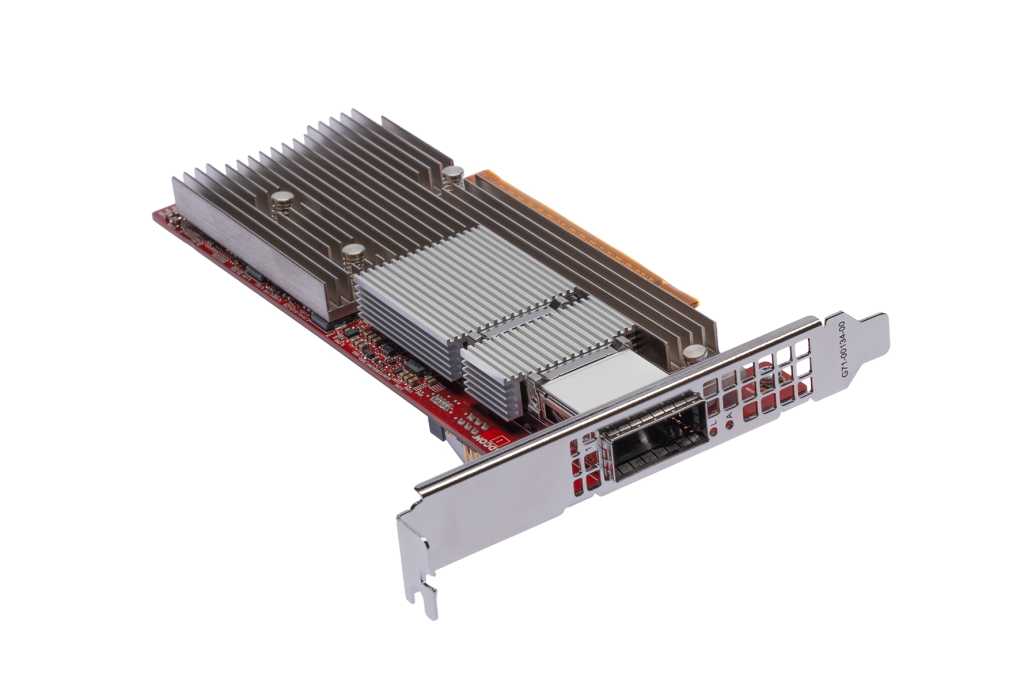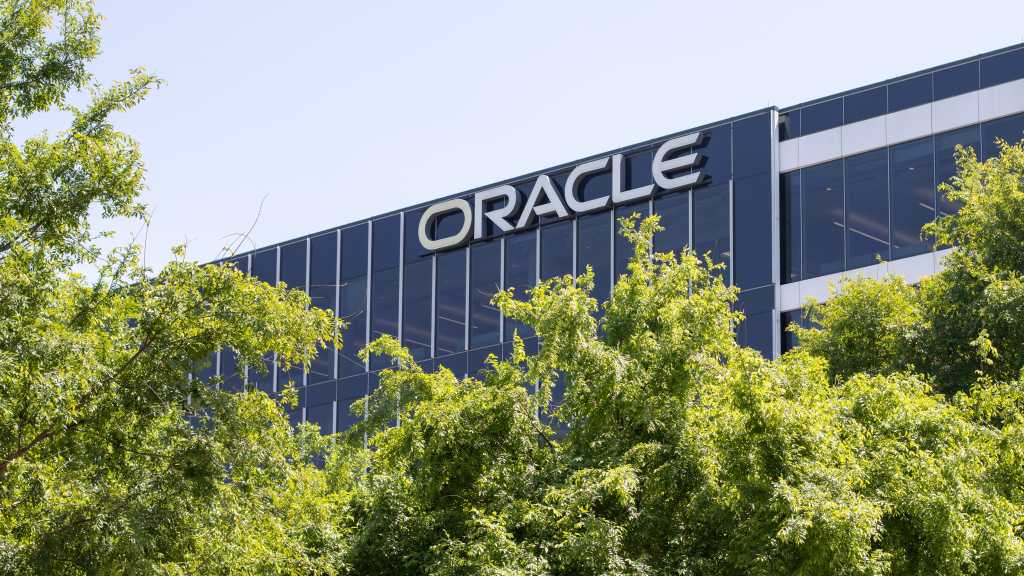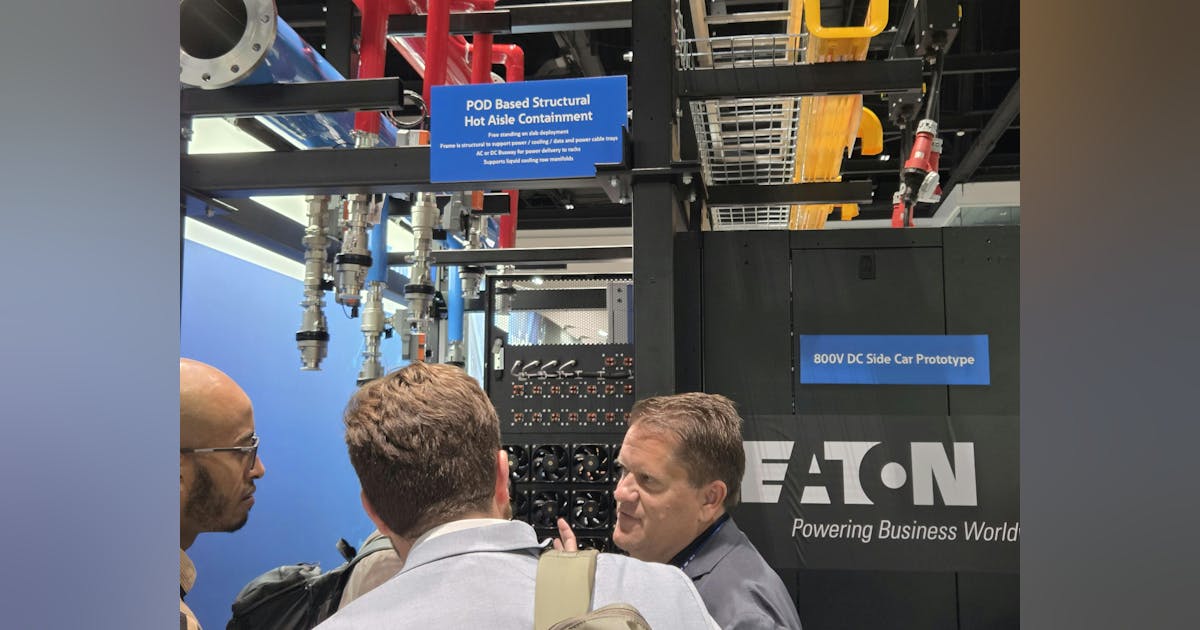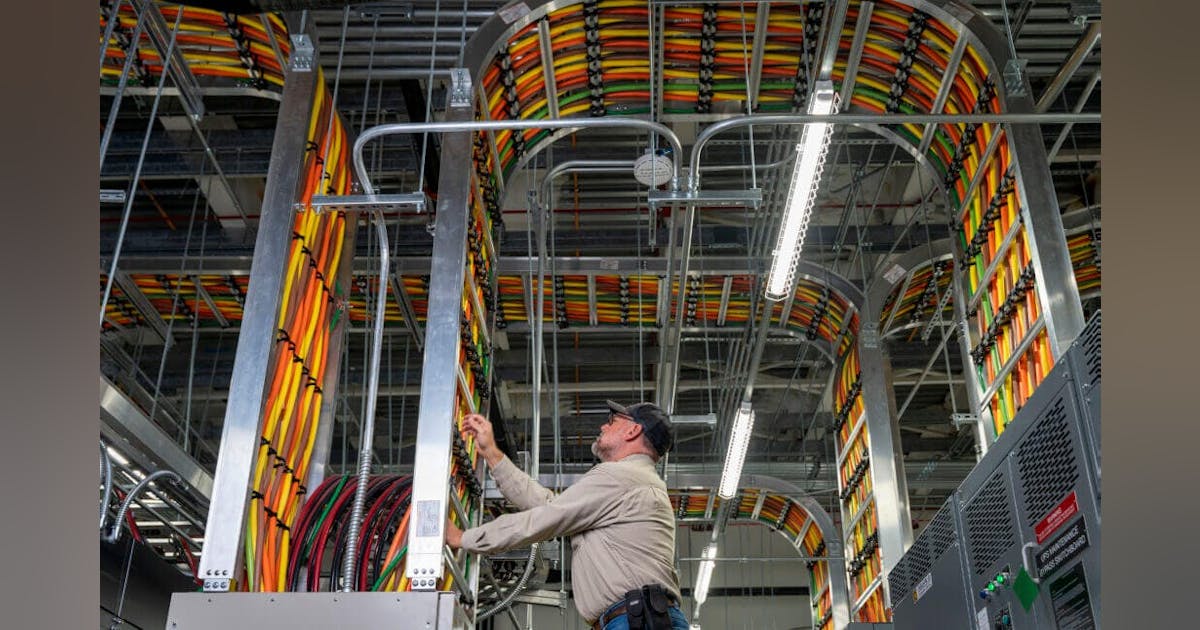
More than 100 UK energy supply chain companies have called for Energy Profits Levy (EPL) reform, industry body Offshore Energies UK (OEUK) announced in a release sent to Rigzone recently.
In a letter co-signed by more than 110 companies to Chris McDonald MP – Minister for Industry in the Department for Energy Security and Net Zero (DESNZ) and the Department for Business and Trade (DBT) – OEUK’s Supply Chain Champion, Steve Nicol, who is also Executive President of Operations at Wood, “led a call to government urging them to work with industry and implement a competitive, permanent tax regime from 2026, as outlined in the Treasury’s 2025 oil and gas price mechanism consultation”, the release highlighted.
The letter, which was carried in full in OEUK’s release, pointed out that its signatories include manufacturers, professional services, and engineering companies.
“Together, the organizations signing this letter represent over 110 supply chain companies which support tens of thousands of jobs,” the letter stated.
“We contribute billions to the UK economy in taxes paid, jobs supported, and through the domestic and international trade of our goods and services,” it added.
OEUK warned in its release that “without a permanent replacement for the temporary Energy Profits Levy, the nation risks losing thousands more jobs, billions in investment, and critical supply chain capability essential for the UK’s energy security and transition”.
The industry body went on to state in the release that it is making the case that the EPL Levy isn’t working for government, industry, or consumers.
“The Office for Budget Responsibility (OBR) has revised down its forecast EPL revenue from GBP 41.6 billion ($55.4 billion) in November 2022 to GBP 17.4 billion ($23.2 billion) in its latest outlook,” OEUK noted in its release, adding that “this covers the period 2022-23 to 2027-28”.
“This is less than half what was forecast,” OEUK pointed out.
In the release, OEUK also warned that under the current fiscal regime industry is losing 1,000 jobs a month.
“But if the tax is reformed as OEUK proposes, the sector can; add GBP 137 billion ($182.7 billion) to the economy by 2050, secure GBP 41 billion ($54.7 billion) of extra investment in UK energy by 2050, support 23,000 additional jobs by 2030, [and] unlock GBP 12 billion ($16 billion) in additional tax receipts by 2050,” OEUK said.
OEUK highlighted in the release that “the impact of the tax on investment and jobs is being felt by the sector’s supply chain, the ecosystem of companies of all sizes across the UK that design, build and service everything from wind farms and hydrogen plants to oil and gas platforms and carbon capture projects and the networks connecting them”.
“It includes operations and maintenance companies, catering firms, and specialist high tech manufacturers – from Shetland and Orkney, Inverness and Grangemouth, to Humberside and Teesside, East Anglia and the North West, and all the way down to Cornwall,” it added.
OEUK noted in the release that many companies in the sector operate multi-revenue models, progressing oil and gas and renewables in tandem.
“Stable cash flow from oil and gas underpins investment in emerging opportunities such as floating offshore wind and carbon capture and storage (CCS),” it said.
“The support of MPs for a predictable fiscal environment is crucial … to anchor these businesses in the UK and deliver energy security and economic growth as firms build the UK’s low carbon, high growth energy future,” it added.
Rigzone contacted DESNZ, DBT, HM Treasury (HMT), and the OBR for comment on OEUK’s release. In response, a HMT spokesperson said, “we are taking a responsible approach that recognizes the long-term role of the sector while exploring what follows the end of the Energy Profits Levy, so firms continue to invest and pay their fair share of tax”.
“Oil and gas will be with us for decades to come, as we deliver a fair and orderly transition in the North Sea to drive growth and secure tens of thousands of skilled jobs, with the biggest ever investment in offshore wind and three first of a kind carbon capture and storage clusters,” the spokesperson added.
The OBR declined to comment. At the time of writing, DESNZ and DBT have not responded to Rigzone.
In a statement made on March 5, which was posted on the UK parliament website, James Murray, now Chief Secretary to the Treasury, noted that the EPL was introduced in 2022 “in response to extraordinary profits made by oil and gas companies driven by global events, including resurgent demand for energy post-Covid 19 and the invasion of Ukraine by Russia”.
“The EPL will end in 2030, or earlier if the EPL’s price floor, the Energy Security Investment Mechanism, is triggered,” the statement added.
In that statement, Murray highlighted that HMT and HM Revenue and Customs had published a consultation on how the oil and gas fiscal regime “will respond to future oil and gas price shocks once the EPL ends”. The consultation closed on May 28.
To contact the author, email [email protected]






















